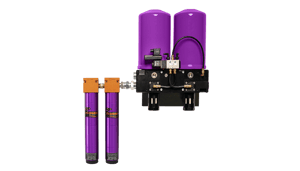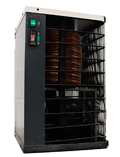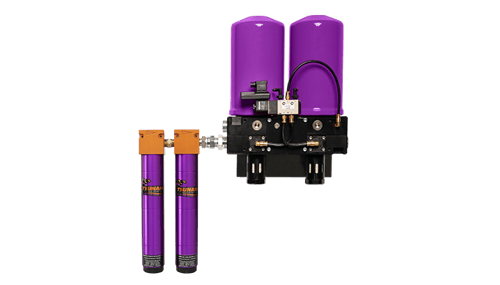2 min read
Air Dryer Comparison: Regenerative Dryers vs Refrigerant Dryers
Tsunami Team
:
Apr 19, 2021 12:00:00 AM
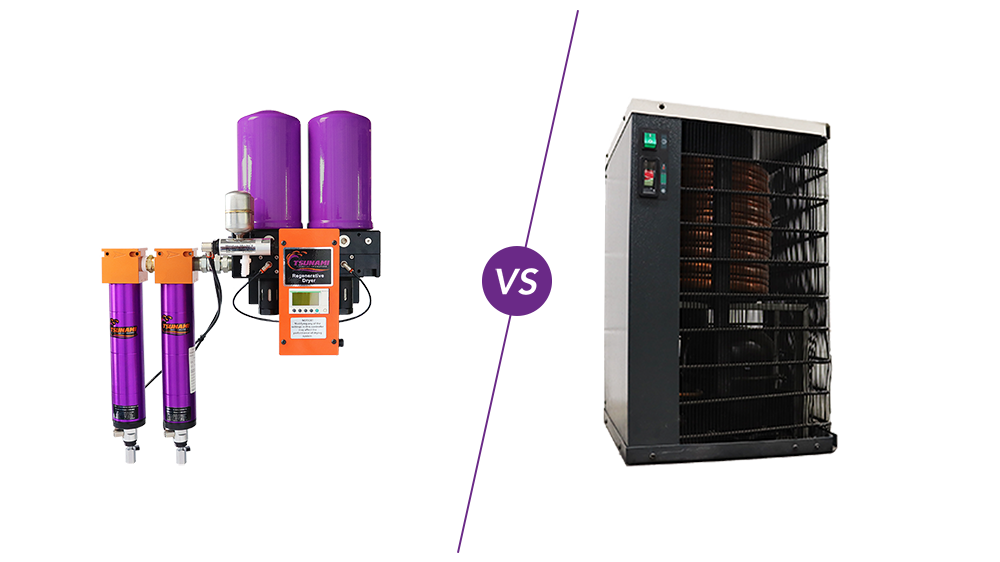
When choosing a compressed air dryer for your pneumatic application, it is important to understand the benefits and downfalls of the different drying technologies available.
In this article:
- Comparing the Technologies: A Glance
- Desiccant Regenerative Dryers: Explained
- Refrigerant Dryers: Explained
In the market for a compressed air dryer?
When selecting a compressed air dryer for your pneumatic application, it is essential to possess a thorough knowledge of the various drying technologies at your disposal. While all dryers offer some level of effectiveness and value, the specific type that best suits your needs will depend on the desired performance.
Comparing the technologies: a glance
Regenerative Dryers
- Max inlet temperature 150°F
- Handles high demand surge flows
- No Aftercooler required
- Complete with pre-filters & auto drains
- Dew points down to -80°F
- No refrigerant to maintain
- Works great with low flow rates
- Minimal maintenance required:
Change oil coalescing element/6 months
Refrigerant Dryers
- Max inlet temperature 100°F
- Moisture will carry over during high demand surge flows
- Requires Aftercooler
- Must purchase pre-filters & auto drains
- Dew points down to 30°F
- Refrigerant to maintain
- Low flow rates may allow water carry over
- Regular maintenance required:
Clean heat exchanger | Electric motor | Refrigerant compressor
Desiccant Regenerative Dryers: Explained
Regenerative dryers use multiple canisters of desiccant to remove water vapor from compressed air. As compressed air flows through a desiccant canister, providing dry air downstream, a separate pilot signal is sent to one or more of the other desiccant canisters to discharge the pressure inside.
While this is occurring, a regeneration orifice allows some of the very dry air to flow back through the media so that the dry air can “sweep” away the water vapor that canister removed during its drying period. This effectively dries the media so it is ready to remove more water vapor when the tower comes online again for the drying process.
This process of switching back and forth to dry the desiccant towers is called the regeneration cycle. In a nutshell, it’s like replacing your desiccant beads every couple of minutes.
Refrigerant Dryers: Explained
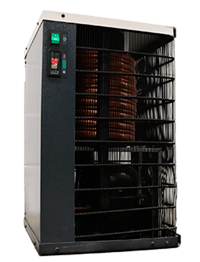
Refrigerant air dryers work similarly to your refrigerator or freezer at home. Air enters a heat exchanger where it is physically cooled in an air-to-refrigerant heat exchange unit; the process essentially cools the air until it reaches the temperature setting (dew point) of the refrigerant dryer.
The water condenses out of the air stream and is removed as the dry air exits the dryer and goes through a water separation filter. This is great if you live in a climate that maintains moderate temperatures.
Unfortunately, hot summer temps and high surges in air demand will greatly limit performance and can dramatically impact the air quality being provided to your air system.

